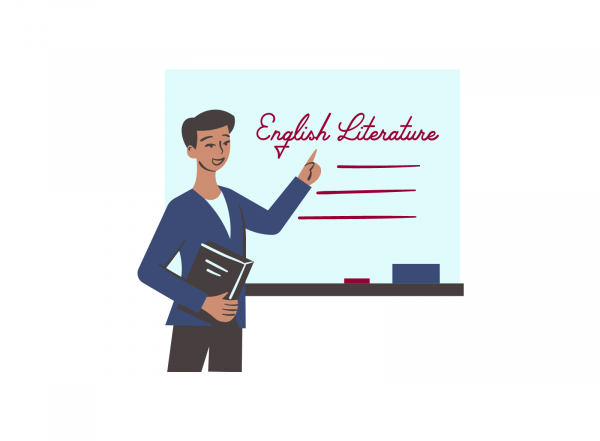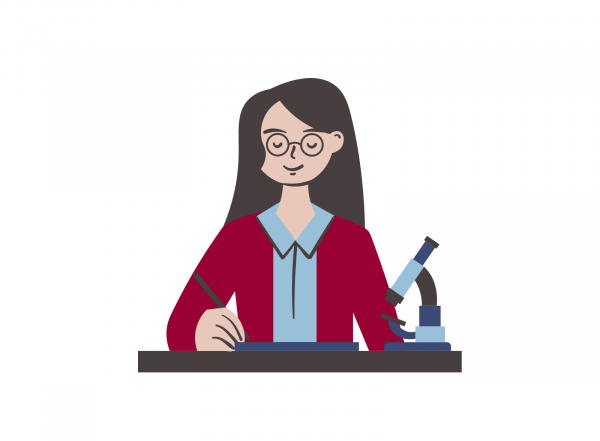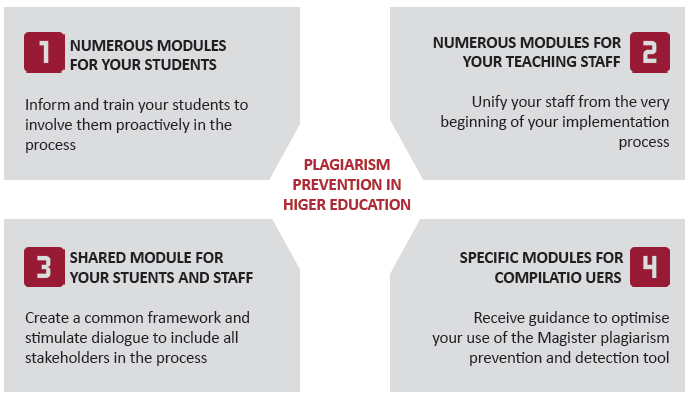In addition, teachers cannot copy more than 10% of a work (except for images and short texts).
Article L122-5 of the French Intellectual Property Code defines the pedagogical exception for the use of copyrighted works:
"Once a work has been disclosed, the author may not prohibit:
(...)
e) The reproduction or performance of a work extract or musical score, used as an illustration for an educational purpose, in the context of teaching and research, including the development and dissemination of subjects for examinations and assignments organised as an extension of teaching, to the exclusion of any recreational activity or entertainment, as long as this reproduction or performance is intended, especially via a digital medium, for an audience comprised mainly of students, teachers or researchers directly involved in the learning, training or research activity requiring this reproduction or performance, and provided that it is not the subject of any publication or dissemination to a third party besides the audience thus constituted"
The secret plagiarism of dissertation advisors
The second form of plagiarism is much more serious: the theft of a student-researcher's work by their teacher-advisor.
A student-researcher needs a dissertation director to guide them in writing their doctoral thesis. A teacher-advisor is the ideal candidate to fill this role. Indeed, the advisor also wants to deepen their knowledge in a specific field. The pair works very well together usually. However, one practice has been overlooked: the theft of the student-researcher's work by the teacher-researcher. The doctoral student feels indebted to their mentor for their guidance in completing their work successfully. Most students feel that "it's part of the game" to give their research to their dissertation director. However, this is a form of plagiarism. There are no statistics to assess the scope of this practice, nor the harm it causes.





